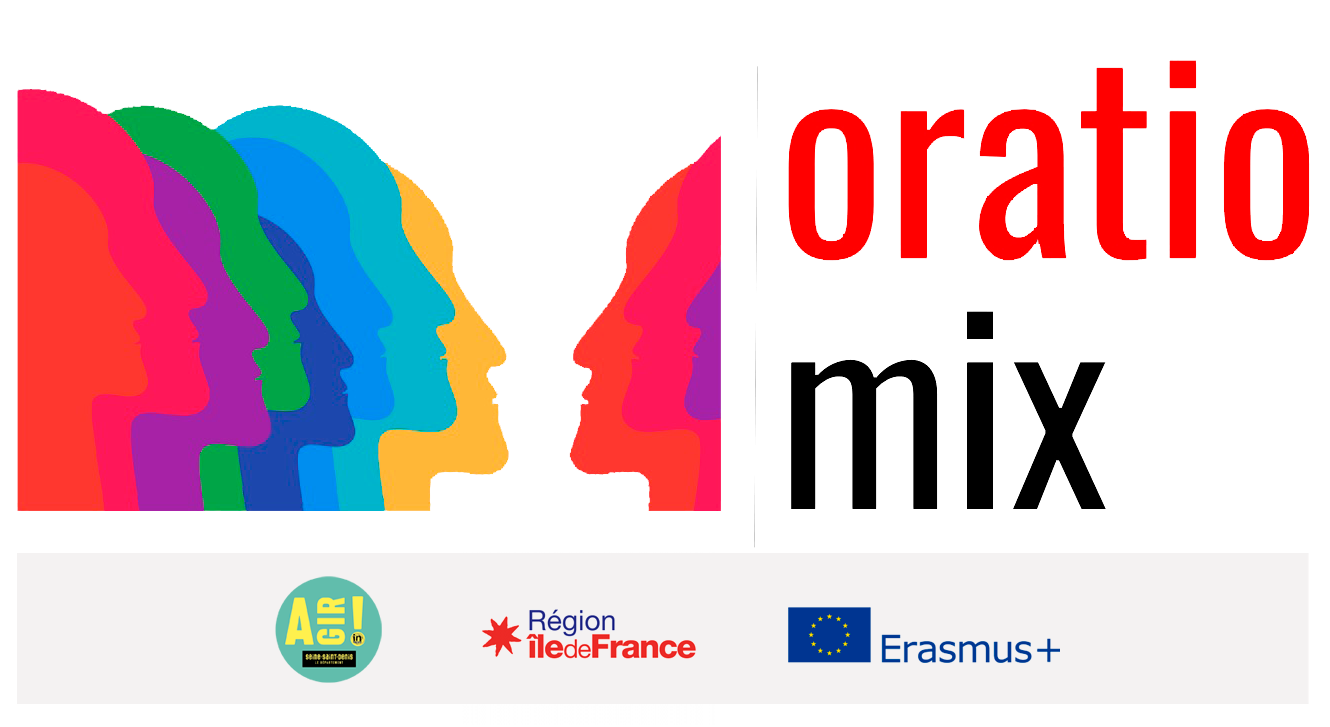Workshop 6 : Emotional states
Setting up: what do we need?
– A workspace: the room provided must be large enough to accommodate all the participants and allow freedom of movement, as the workshop requires physical commitment.
The participants
Nursery school pupils aged between 4 and 7, with a maximum group size of 30.
Teachers
School teachers, educators, drama teachers.
Aims of this workshop
work on emotions
work on inclusion
Time required
45 minutes
How it works
This workshop uses theatrical techniques and physical expression.
Aim
At the end of the session, the children will have :
exercised their ability to express a state and an emotion physically
become aware of the emotional charge induced by exclusion processes
1. Start of session
The clap
In a circle, the children pass a clap to the person next to them (clapping hands) as they go round the circle. For the clap to be passed, the pupils must look each other in the eye before clapping their hands!
2. Warm-up
- You can repeat the instructions seen last time (walk, stop, youpla, rhythms, numbers, environments) to see how the pupils develop from one session to the next.
- We walk through the space like the different characters in the story La Soupe aux cailloux in the last version we read: how do we walk when we’re tired, when we’re scared?
3. Villager/shelter/storm
Preparing the exercise:
Divide the class into small groups of three. If you don’t have enough students to divide the group evenly, the teacher or assistant can play the game.
Explain the rules of the game:
Explain that in each group, two players form a shelter, while the other player becomes the person living in the shelter. A shelter is formed by two players facing each other, arms outstretched, placing their palms flat against each other to create a roof. The person living in the shelter must hide underneath.
Explain that you are going to say three words: “Villager”, “Shelter” or “Storm”.
– When you shout “Villager”, the people must leave their shelter and run to another, while the shelters remain in place. Practise this several times.
– When you shout “Shelter”, the shelters must split up and find a new person to build a shelter on. Repeat the exercise several times, adding the command “Villager”.
– Finally, when you shout “Storm”, everyone runs around for 5 seconds. After 5 seconds, new groups of 3 must form with 2 shelters and 1 person. During the “storm”, the shelters can become villagers and the villagers can become shelters.
Continue the game, alternating between “villagers”, “shelters” and “storm”.
Conclude the exercise by asking the pupils what they felt and why, whether sad, angry or amused, depending on the different situations they were confronted with. If you’ve noticed that a student has often been left out and hasn’t spoken out, approach the situation by asking about everyone’s feelings. The idea is that the students become aware of the repercussions of their actions, even if they have no bad intentions, and that they learn to express their feelings without anger.

3. Closing ritual
Clapping
The leader stands in front of the other members of the group so that everyone can see him or her. He or she places his or her arms horizontally and claps his or her hands above his or her head. The others must follow suit, respecting his or her rhythm. Then, little by little, he/she will speed up until there is applause.
